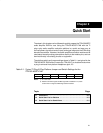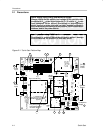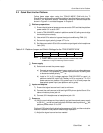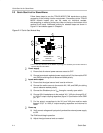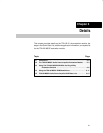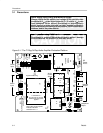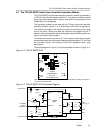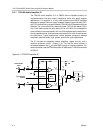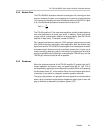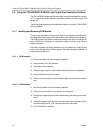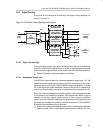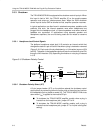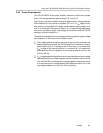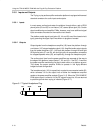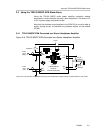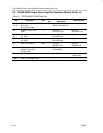
The TPA102 MSOP Audio Power Amplifier Evaluation Module
3-5
Details
3.2.2 Module Gain
The TPA102 MSOP evaluation module has a set gain of 4 (inverting) for each
channel. However, the gain can be adjusted to a maximum of approximately
10 (inverting) by changing the value of feedback resistors (R2 and R4, Figure
3–3). Use the following equation to determine the value of R
F:
Gain –
R
F
R
I
The TPA102 amplifier IC, like most other amplifiers, exhibits its best distortion
and noise performance at lower gain levels. In addition, higher gain levels
require a small compensation capacitor to ensure stability (see the TPA102
amplifier IC data sheet, TI literature number SLOS213).
Gain versus total harmonic distortion (THD) and gain versus signal-to-noise
ratio (SNR) should be considered in each application. Both the module input
signal level and the TPA102 MSOP module gain should be adjusted to obtain
the lowest overall distortion level for a particular overall gain. A quick rule of
thumb (everything else being equal): the module input signal level should be
as high as possible without clipping or overloading the TPA102 input, and the
TPA102 gain should be kept as low as possible.
3.2.3 Shutdown
When the shutdown terminal of the TPA102 amplifier IC is taken high, the IC
ceases operation and enters a very low power state (65 µA, Typ). This is
accomplished by applying a control signal to the module SD pin or by pressing
the Shutdown switch, S1, on the module. When the control signal goes low or
is removed (or the switch is released), amplifier operation resumes.
The plug-n-play platform can generate the mute signal for the module either
when a plug is inserted into the platform headphone output jack or when the
plug is removed, as selected by a platform jumper (JP7).



